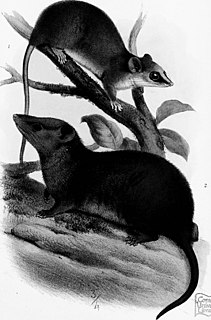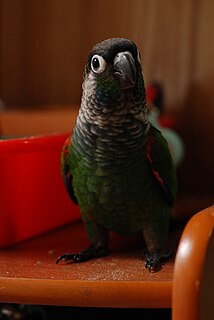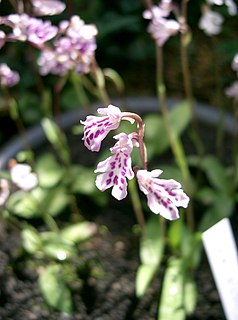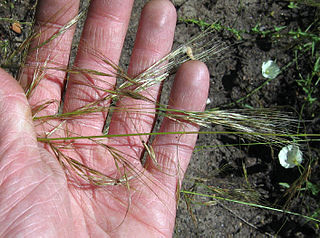Related Research Articles

The Julio-Claudian dynasty comprised the first five Roman emperors: Augustus, Tiberius, Caligula, Claudius, and Nero. They ruled the Roman Empire from its formation under Augustus in 27 BC until AD 68, when the last of the line, Nero, committed suicide. The name "Julio-Claudian" is a historiographical term derived from the two families which composed the imperial dynasty: the Julii Caesares and Claudii Nerones.

Domitia Lepida, also known as Domitia Lepida the Younger, or Domitia Lepida Minor, ; was the younger daughter of consul, Lucius Domitius Ahenobarbus and Antonia Major. Her elder sister was Domitia Lepida the Elder and her younger brother was Gnaeus Domitius Ahenobarbus, father of the Emperor Nero. She was the great niece of Emperor Augustus, granddaughter of Octavia the Younger and Triumvir Mark Antony, second cousin to the Emperor Caligula, first cousin and mother-in-law to the Emperor Claudius and paternal aunt of the Emperor Nero. Lepida was a beautiful and influential figure. Like her sister, she was also very wealthy. She had holdings in Calabria and owned the praedia Lepidiana.
Junia Lepida was a Roman noblewoman who lived in the first century. She was the second daughter of Aemilia Lepida and Marcus Junius Silanus Torquatus, one of the Junii Silani. Her maternal grandparents were Julia the Younger, granddaughter of the emperor Augustus, and Lucius Aemilius Paullus, consul in AD 1.
Aemilia Lepida is the name of several ancient Roman women belonging to the gens Aemilia. The name was given to daughters of men belonging to the Lepidus branch of the Aemilius family. The first Aemilia Lepida to be mentioned by Roman historians was the former fiancée of the younger Cato. Subsequent Aemiliae are known because of their marriages.

The graceful prinia is a small warbler. This prinia is a resident breeder in Northeast Africa and southern Asia, from Egypt and Somalia east to Pakistan and North India, where it is sometimes called streaked wren-warbler.

The desert woodrat is a species of pack rat native to desert regions of western North America.

Lucius Domitius Ahenobarbus was the son of consul Gnaeus Domitius Ahenobarbus and Aemilia Lepida. His mother was a paternal relative of the triumvir Marcus Aemilius Lepidus. His paternal grandmother was Porcia. Ahenobarbus married Antonia Major and through his son with her he became the grandfather of emperor Nero.

The rufous mouse opossum or little rufous mouse opossum is an opossum species from South America. The species has been found in Bolivia, Surinam, French Guinea, Brazil, Colombia, Ecuador, Guyana, Peru and Surinam in lowland tropical rainforest at altitudes from 100 to 1000 m. It is presumed to feed on insects and fruit, like its close relatives.
Faustus Cornelius Sulla was a Roman senator who lived during the reign of the emperor Tiberius. He was suffect consul in AD 31 with Sextus Tedius Valerius Catullus as his colleague. Faustus was the son of Sulla Felix, a member of the Arval Brethren who died in AD 21, thus a direct descendant of the dictator Sulla. His mother was Sextia and his brother was Lucius Cornelius Sulla Felix.

Aemilia Lepida was a noble Roman woman and matron. She was the first great-grandchild of the Emperor Augustus.

The pearly parakeet, more commonly known as the pearly conure in aviculture, is a species of parrot that is endemic to east Amazonian forests in Brazil.

The Grey-capped Warbler is a species of bird in the Cisticola family Cisticolidae. It is the only species in the genus Eminia. The Grey-capped Warbler is found in Burundi, Democratic Republic of the Congo, Kenya, Rwanda, South Sudan, Tanzania, and Uganda. It is a large, chunky, thin-tailed-warbler with a distinctive grey cap, a black band around its head, and a chestnut throat wrapping its neck. Grey-capped Warblers maintain a diet of insects and other invertebrates, including caterpillars, moths, grasshoppers, and mantids.

Ponerorchis lepida is a species of plant in the family Orchidaceae found on Kyushu Island in Japan, and in Nansei-shoto to the south.

Parasa lepida, the nettle caterpillar or blue-striped nettle grub, is a moth of the family Limacodidae that was described by Pieter Cramer in 1799. It is a native minor pest found in the Indo-Malayan region, including India, Sri Lanka, Vietnam, Malaysia and Indonesia. It is an introduced pest to urban trees in western Japan.
Lepida, witty in Latin, may refer to:
C. lepida may refer to:

Nassella lepida is a species of grass known by the common names foothill needlegrass, foothills nassella, foothill stipa, small-flowered stipa, small-flowered needlegrass, and smallflower tussockgrass.

Pterolophia is a genus of longhorn beetles of the subfamily Lamiinae, containing the following species:

Solidago lepida, the western Canada goldenrod or western goldenrod, is a North American plant species in the genus Solidago of the sunflower family. It is widespread across much of Canada, the western United States, and northern Mexico.
Pterolophia multicarinata is a species of beetle in the family Cerambycidae. It was described by Stephan von Breuning in 1938. It is known from Tanzania, the Ivory Coast, the Central African Republic, Cameroon, and the Republic of the Congo.
References
- ↑ BioLib.cz - Pterolophia lepida. Retrieved on 8 September 2014.